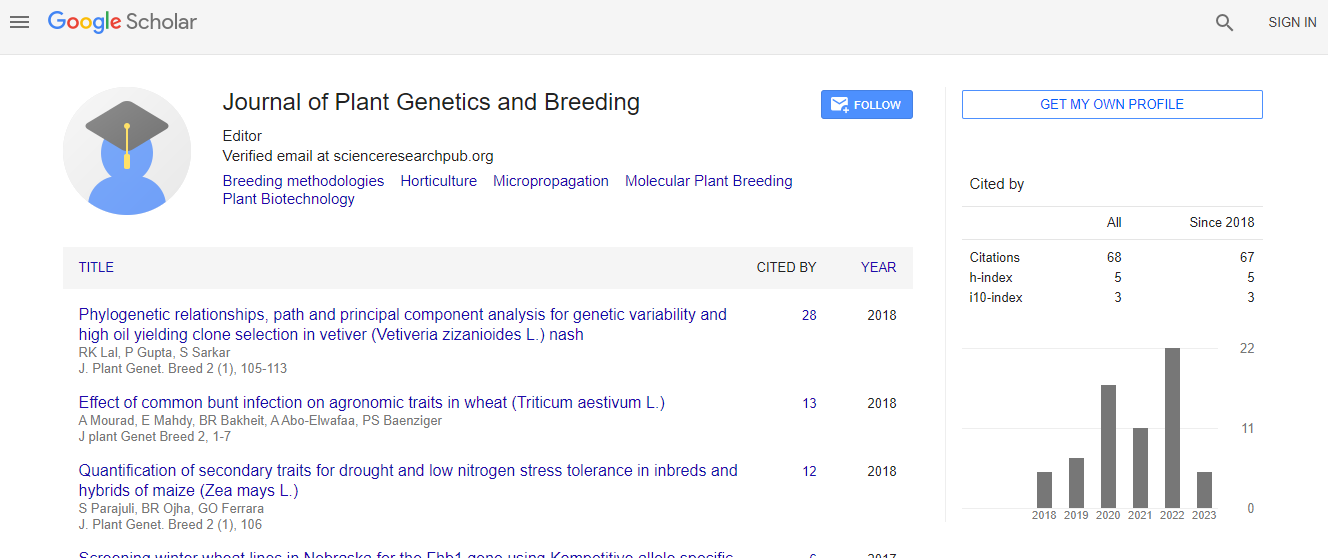Biotrophic fungi and plant defence
*Corresponding Author:
Copyright: © 2020 . This is an open-access article distributed under the terms of the Creative Commons Attribution License, which permits unrestricted use, distribution, and reproduction in any medium, provided the original author and source are credited.
Abstract
Biotrophic pathogens derive nutrients from living cells by maintaining host viability. This host Maintenance sustains through highly specialized structural and biochemical relations. For valuable virulence activity biotrophic fungi have highly developed infection structures; limited secretory activity, carbohydrate-rich, and protein-containing interfacial layers; long-term suppression of host defense; haustoria that used for nutrient absorption and metabolism. Plant defenses biotrophic fungal pathogen by penetration resistance and program cell death (PCD). Plant strengthens cell wall and membrane to halt spore germination and prevent the formation of the haustorium by Penetration resistance. The second resistance mechanism applied inside the penetrated epidermal cell that terminates nutrient supply to fungi for further development by induction of invaded program cell death. Plant innate immune responses occur through two basic interconnected forms: pathogen-associated molecular patterns (PAMP)-triggered immunity (PTI) and effector-triggered immunity (ETI) to activate defense signal molecules. However, Biotrophic fungi have several mechanisms to defend their effectors from plant receptor molecules. Once the fungal effector passes the plant defense mechanisms the plant will not resist. Subsequently, the plant reduces the production of defense signaling molecules like salicylic acid. This review overviews recent knowledge of biotrophic fungi infection and plant defense strategies.

 Spanish
Spanish  Chinese
Chinese  Russian
Russian  German
German  French
French  Japanese
Japanese  Portuguese
Portuguese  Hindi
Hindi 